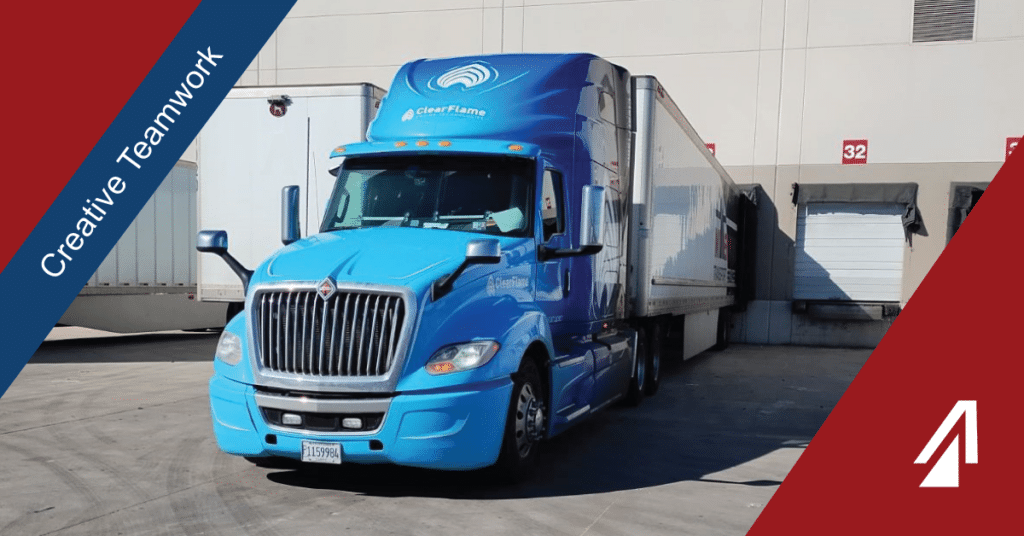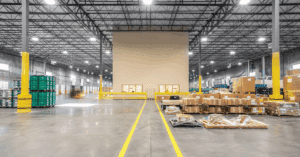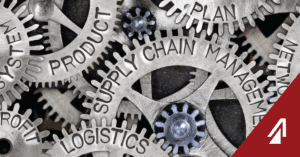The evolving landscape of supply chain management presents many challenges that have sparked opportunities for innovation and improvement. Companies are reevaluating their processes, embracing digital transformation, and adopting new technologies to enhance efficiency, transparency, and resilience. This shift towards innovation provides a platform for optimizing supply chain networks, improving inventory management, strengthening supplier relationships, and fostering a more agile and competitive business model. By proactively addressing these challenges, organizations can unlock new growth opportunities and promote sustainability in the dynamic realm of supply chain management.
Collaboration Leads to Greater Efficiency
Collaborative efforts between organizations and logistics providers are critical drivers of enhanced efficiency in the supply chain. Leveraging technology and data analytics, companies can optimize transportation routes, track shipments in real time, and streamline warehouse operations. Tools such as transportation management systems (TMS) and Business Intelligence empower companies to achieve greater visibility, control, and coordination throughout the supply chain network.
Moreover, these partnerships bolster supply chain adaptability and resilience by embracing agile practices, prioritizing flexibility, responsiveness, and the ability to adjust to market changes quickly. Sharing real-time data, visibility, and insights enables informed decision-making, risk identification, and proactive responses to disruptions before they escalate.
As a logistics provider, ProTrans International views its role as a customer partner, driving long-term value creation for all stakeholders involved. Working together, we strengthen relationships and communication down to the supplier level to align better the goals, objectives, and expectations of our customers. Collaboration facilitates knowledge sharing, innovation, and continuous improvement to better identify opportunities for optimization, efficiency gains, and process improvements.
A Drive Toward Sustainability
Partnerships and alliances between companies and logistics providers enable the sharing of best practices, resources, and knowledge to drive sustainability initiatives across the supply chain. By collaborating on sustainability goals, setting targets, and measuring performance, organizations can collectively work towards reducing their environmental impact and promoting responsible business practices.
One of the key ways to do this is through the implementation of eco-friendly initiatives and technologies to reduce carbon emissions, minimize waste, and promote environmental stewardship. Working together, these alliances can push the envelope on the adoption of green transportation solutions, such as electric vehicles, alternative fuels, and route optimization tools to reduce the carbon footprint of logistics.
ProTrans recently shared details of a collaboration between their team and ClearFlame Engine Technologies for the benefit of a key Tier 1 supplier. They developed a pilot program to test the results of integrating a 6-cylinder, 15L ClearFlame-enabled engine into a Class 8 tractor for use with their trailers on a specific set of linehauls. During the program, the results showed a 42% reduction in GHG emissions and 3 tons of carbon avoided. Read more about the CASE STUDY at Inbound Logistics.
By fostering a culture of collaboration, communication, and innovation, organizations and logistics providers can work together to address environmental challenges, drive positive change, achieve greater efficiency, and build a more sustainable future for the supply chain industry. Reach out today to get started on a better future and stay ahead of the curve.
About ProTrans International
ProTrans specializes in reliable Inbound to Manufacturing integrated with end-to-end, cross-border solutions to, from, and within North America. Backed by innovative, best-in-class service, we focus on engineering high-quality, lower-cost solutions enabled by our global team of experts, in-house Transportation Management System (TMS), and providing visibility of all shipments. Our solutions include Cross Border Consolidation, Supply Chain Management, Third-Party Logistics (3PL), Dedicated Transportation, Global Forwarding, Expedites, and Value-Added Services (Warehousing, Customs Brokerage).



